Support Your Red & Golden Raspberries
In our video on planting and growing raspberries and blackberries, Tricia shows how she grows her blackberries and black raspberries in the "hill method", with the canes growing in clumps next to a fence or post for support. Boysenberrries are related to blackberries and should be grown the same way. If you live in an area where the soil dries quickly, berries can be planted on flat soil (no hilling).
Red and golden raspberries don't just look different from black raspberries -- they need more support and their canes should be tied to structures. There are many support options for you. Tricia strings twine from post to post as support for red raspberries. When it's time to cut down and discard the canes, the twine can go along with them.
Tricia strings twine from post to post as support for red raspberries. When it's time to cut down and discard the canes, the twine can go along with them.  If you want a permanent support for your red and golden raspberries, use galvanized wire at three different levels between T-bars and weave the canes through the wire. You can also build a Y-shaped trellis and attach the growing canes to galvanized wire or twine on the arms of the Y. The canes will then form a V-shape, allowing plenty of sun and air to reach the berries. The University of Maine has a video that shows a Y-trellis in use and information on dormant pruning.
If you want a permanent support for your red and golden raspberries, use galvanized wire at three different levels between T-bars and weave the canes through the wire. You can also build a Y-shaped trellis and attach the growing canes to galvanized wire or twine on the arms of the Y. The canes will then form a V-shape, allowing plenty of sun and air to reach the berries. The University of Maine has a video that shows a Y-trellis in use and information on dormant pruning.
Pruning Everbearer or Fall Bearer Raspberries
Typical raspberries have perennial roots and biennial canes. The roots send up canes that do not produce anything but leaves in the first year (primocanes). In the second year they bloom and fruit (floricanes), then die, and are cut to the ground after the summer harvest. With the everbearer or fall bearer raspberries, the first year canes produce fruit at the tips in late summer or fall, and from side (or lateral) branches in their second summer. For the maximum crop, mow or cut down all the everbearer canes after the fall harvest.Mowing or Cutting Down Raspberry Canes
For a typical home berry patch, cut those canes off near the ground with loppers. TIP: Make it easy to mow the canes. Don't drive your T-bars into the ground, and then mow around them. Instead, sink PVC pipes in the ground, and drop the T-bars inside the pipes. When it's time to mow, pull the T-bars out of the way, mow, and then replace the T-bars. HALF AS MUCH: Another alternative is to mow half the bed each year. That way you will have berries in summer at the tips of new canes AND berries on the older, lower branches. And you only have to mow half as much. For more bramble information try the short and sweet book on Berries, Raspberries & Blackberries from Storey. In the Country Wisdom Bulletin series, it is 32 pages and has a lot of good information. UC Davis IPM has a thorough guide to growing raspberries and blackberries.Blackberry Pruning
Blackberries are pruned differently than raspberries. During the dormant season, prune out the canes that fruited the previous year down to the ground. Also thin out any thin weak canes. You want no more than about 6 to 8 really strong canes. Once you have thinned, head back the remaining canes to about 4-5 feet from the ground. Then trim the remaining lateral branches to about 12 to 18".
Make raspberries and blackberries an inexpensive part of your summer diet when you grow your own!
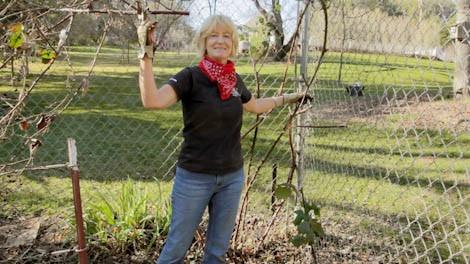
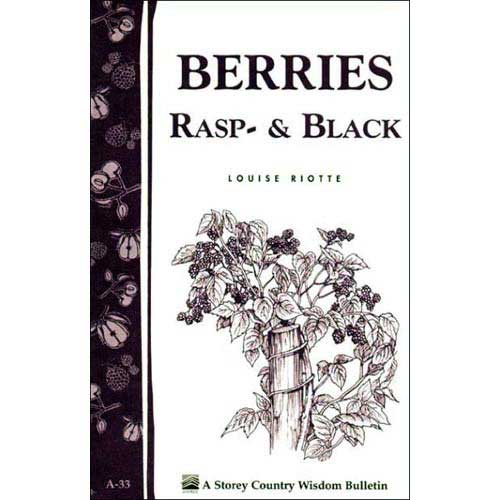
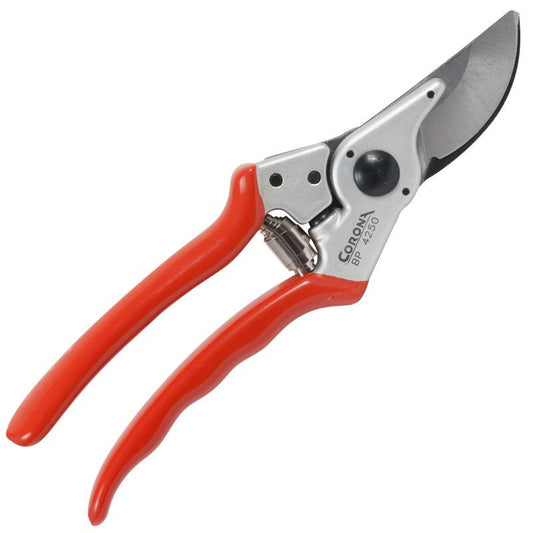
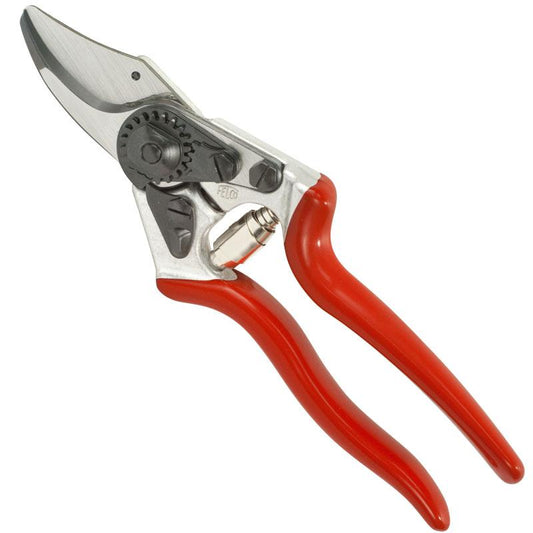
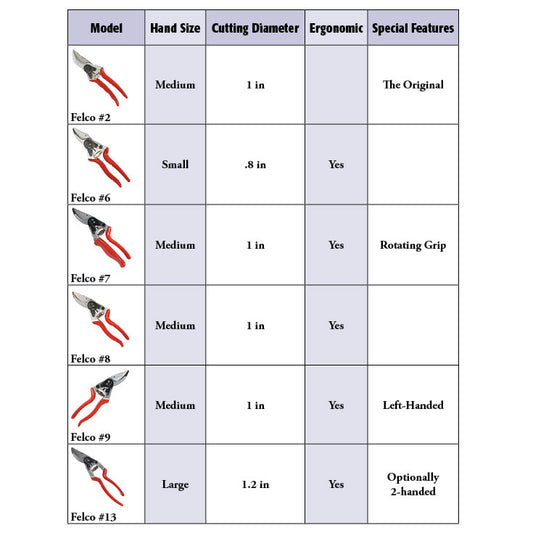
15 comments
Caroline, if the canes fruited this year then you can cut them down. If they did not fruit, then those are your fruiting canes for next year. You should not cut them to the ground, but you can cut them to the height that you want to harvest from. And if those canes have laterals, those should be cut to about 18".
I grow my plants in huge containers. Different varieties next to each other in a row, along back of house. This is the third year. The thorned blackberry is growing 3 sturdy canes, each over 10 feet long with beautiful leaves, no blooms. I have it on S hooks hanging from the pergala. Do I trim these back? I live in central Ohio and usually cut every plant back and cover with heavy cardboard box for winter.
Cheryl, you can cut back any canes that fruited this year. The newer canes that have no fruit are the fruiting canes for next year. Is there a support structure nearby, like a fence or trellis? If so you can tie them up to the structure.
I noticed 2 large patches of wild blackberries canes growing in my elderly neighbor’s yard. (I do her yard work once a week) This is the first summer, lots of thorny vines on flat ground, but no berries. Should they be cultivated the same as new berry plants? She wanted me to weed wack that area, I suggested that we let them grow and see what happens next year. Any suggestions?
Cheryl, for new blackberries, you really don’t need to do anything for them in the summer but prune them down to the height of your support. In the winter just look at the color of the canes you have, if any are brown, they are dead and can be pruned at ground level. The plants will grow new canes (primocanes).